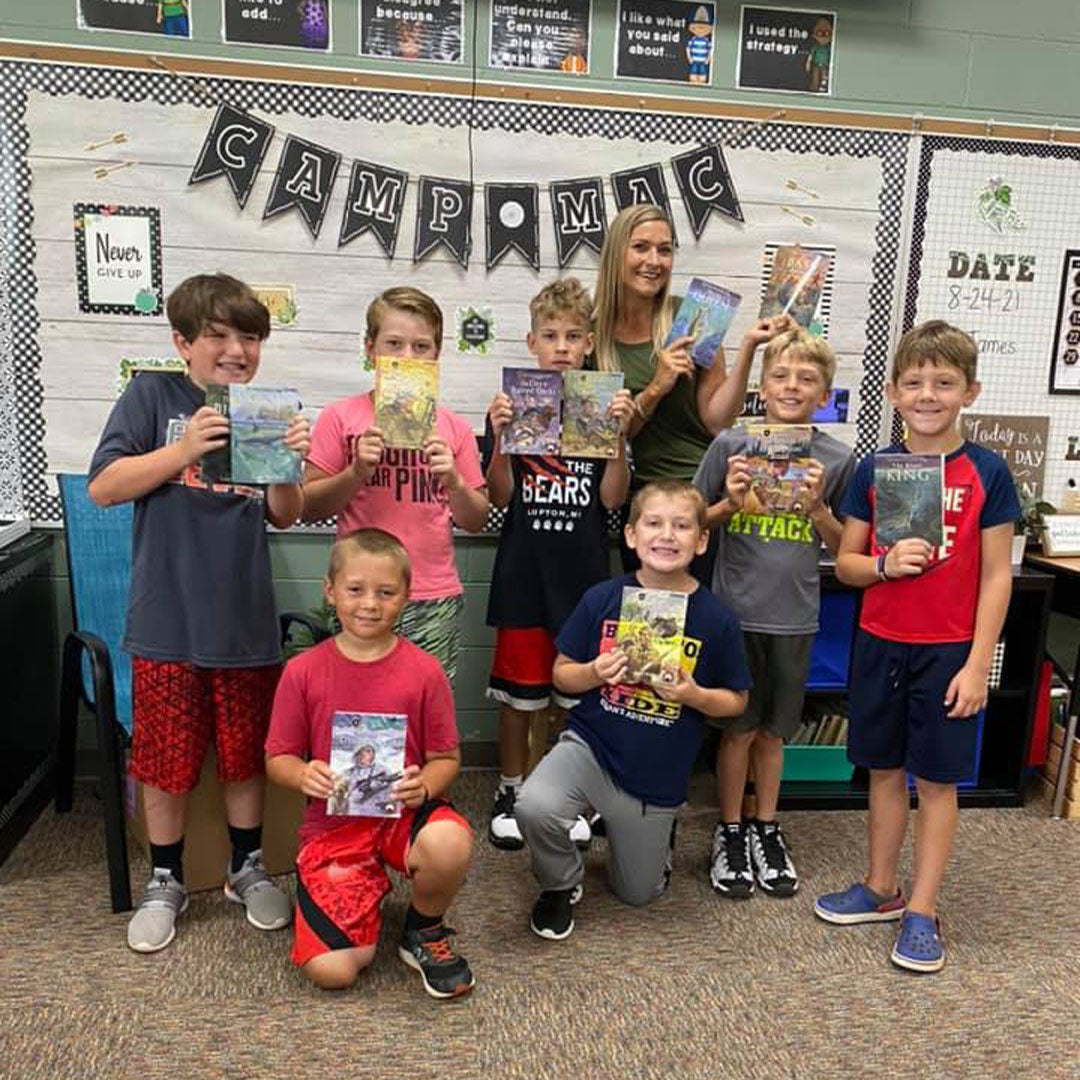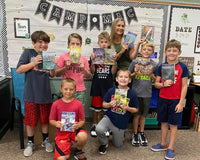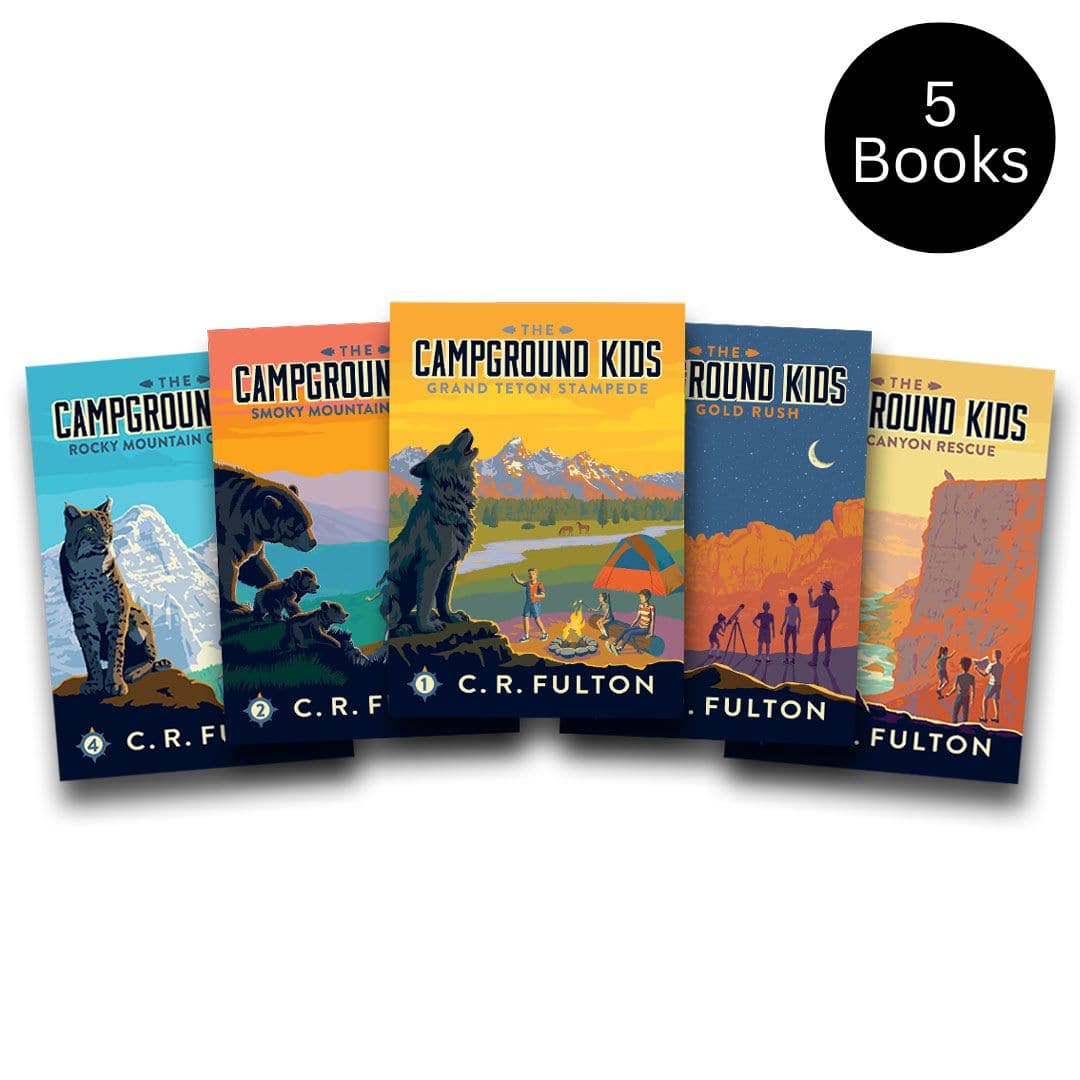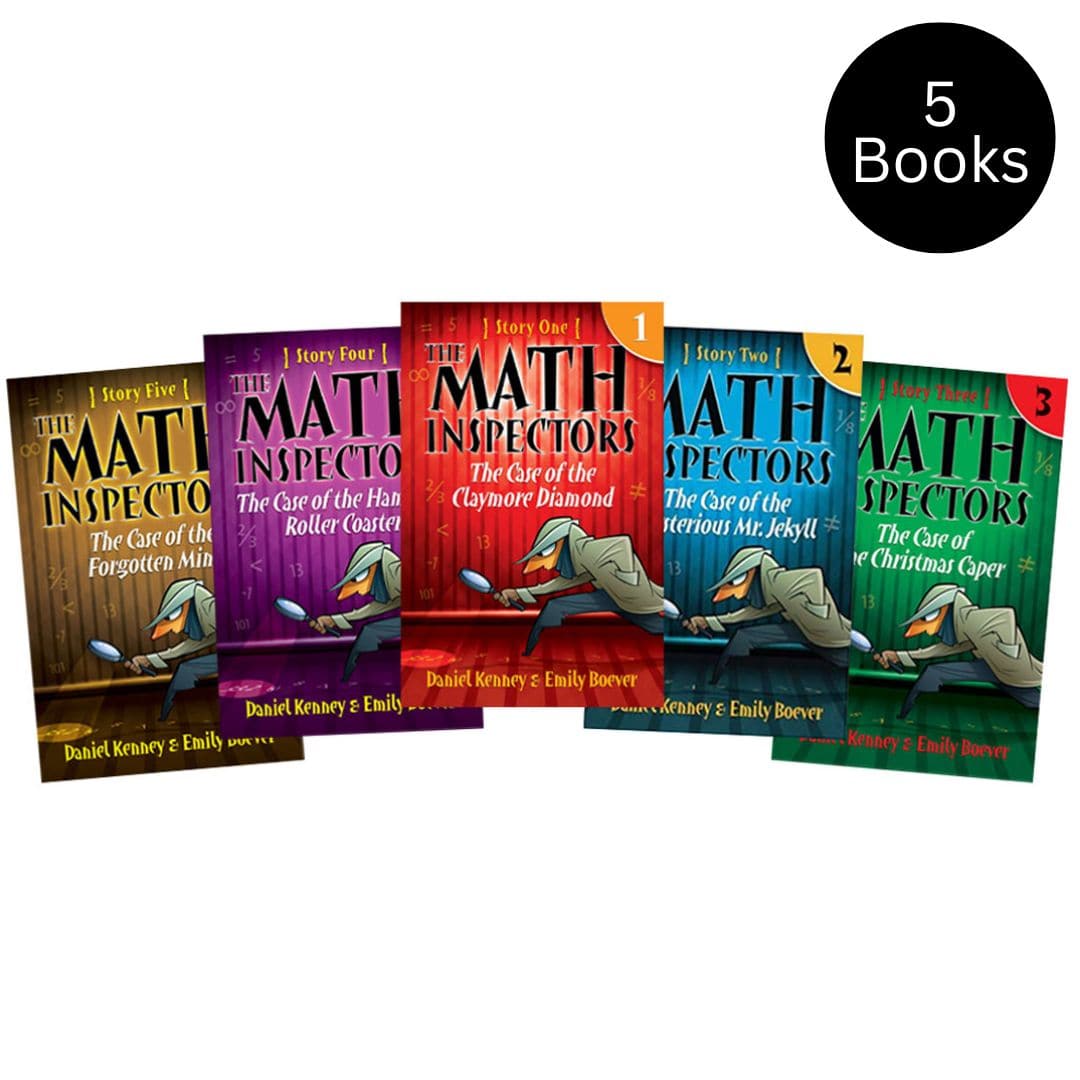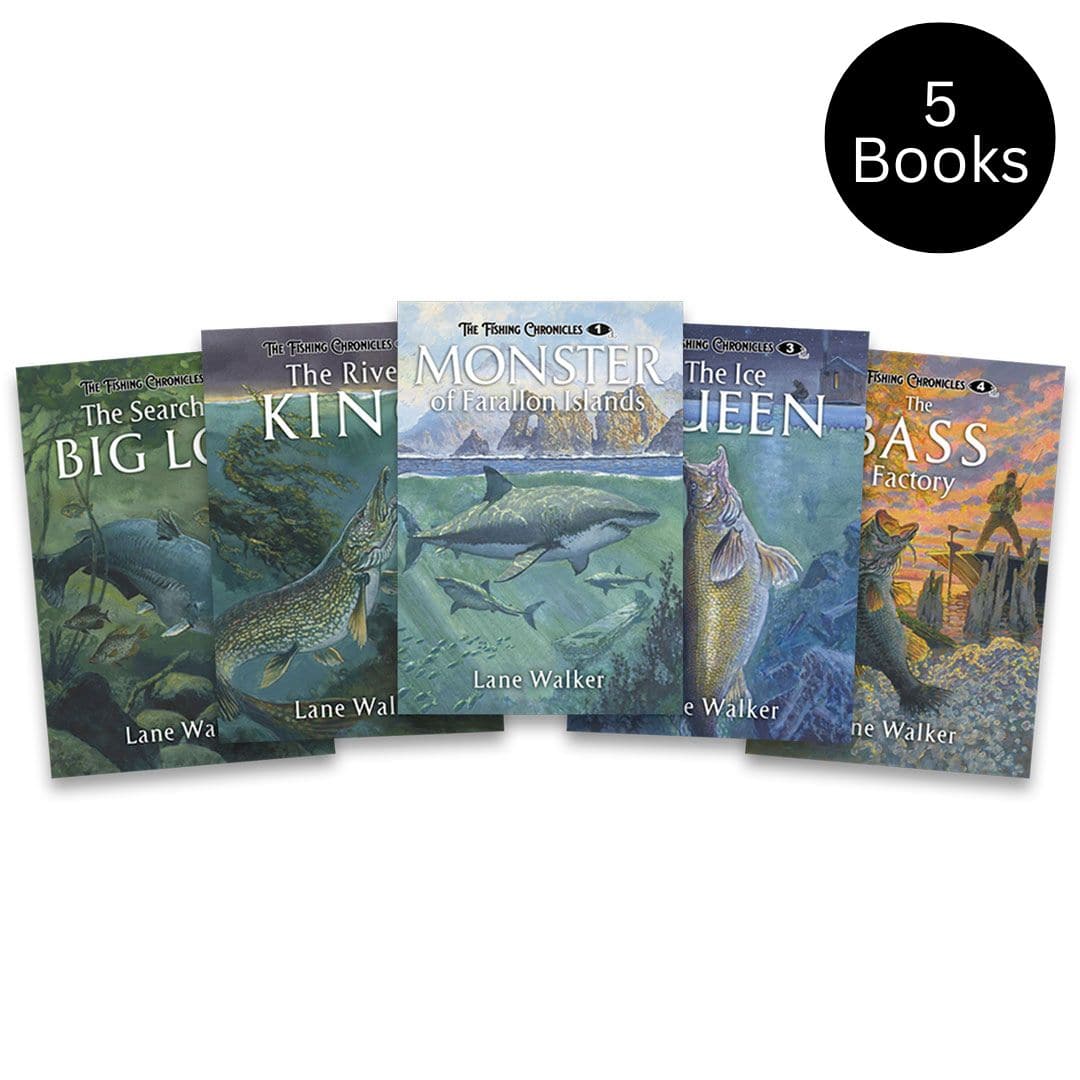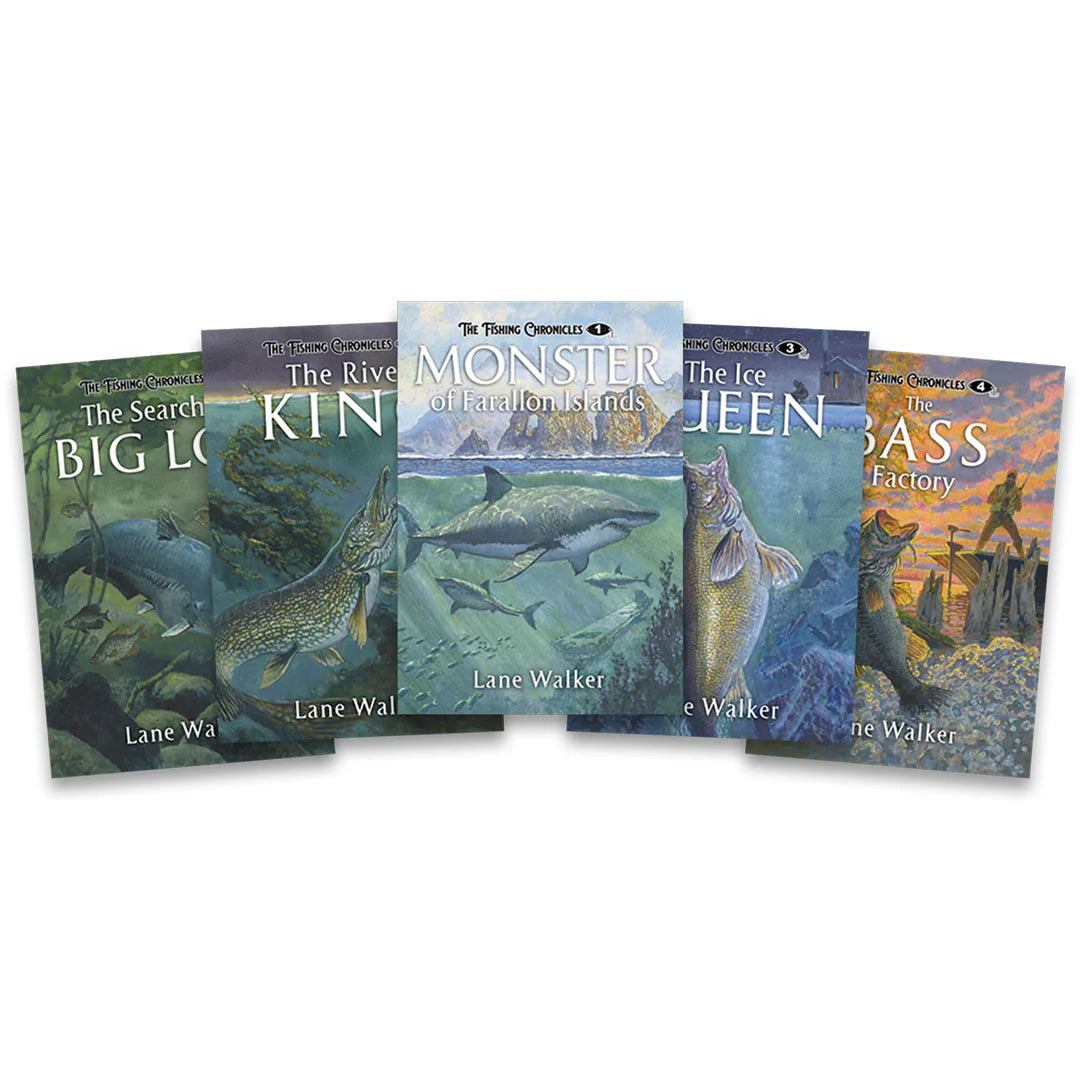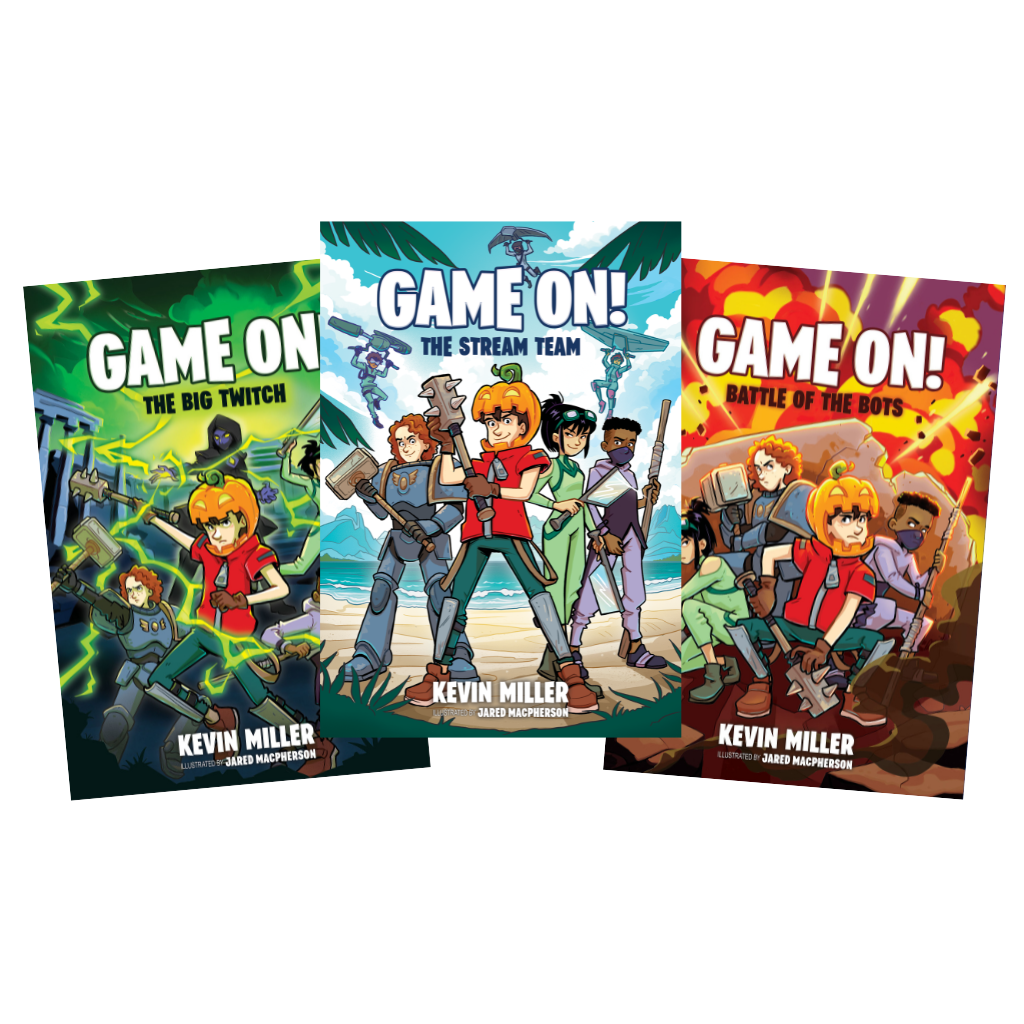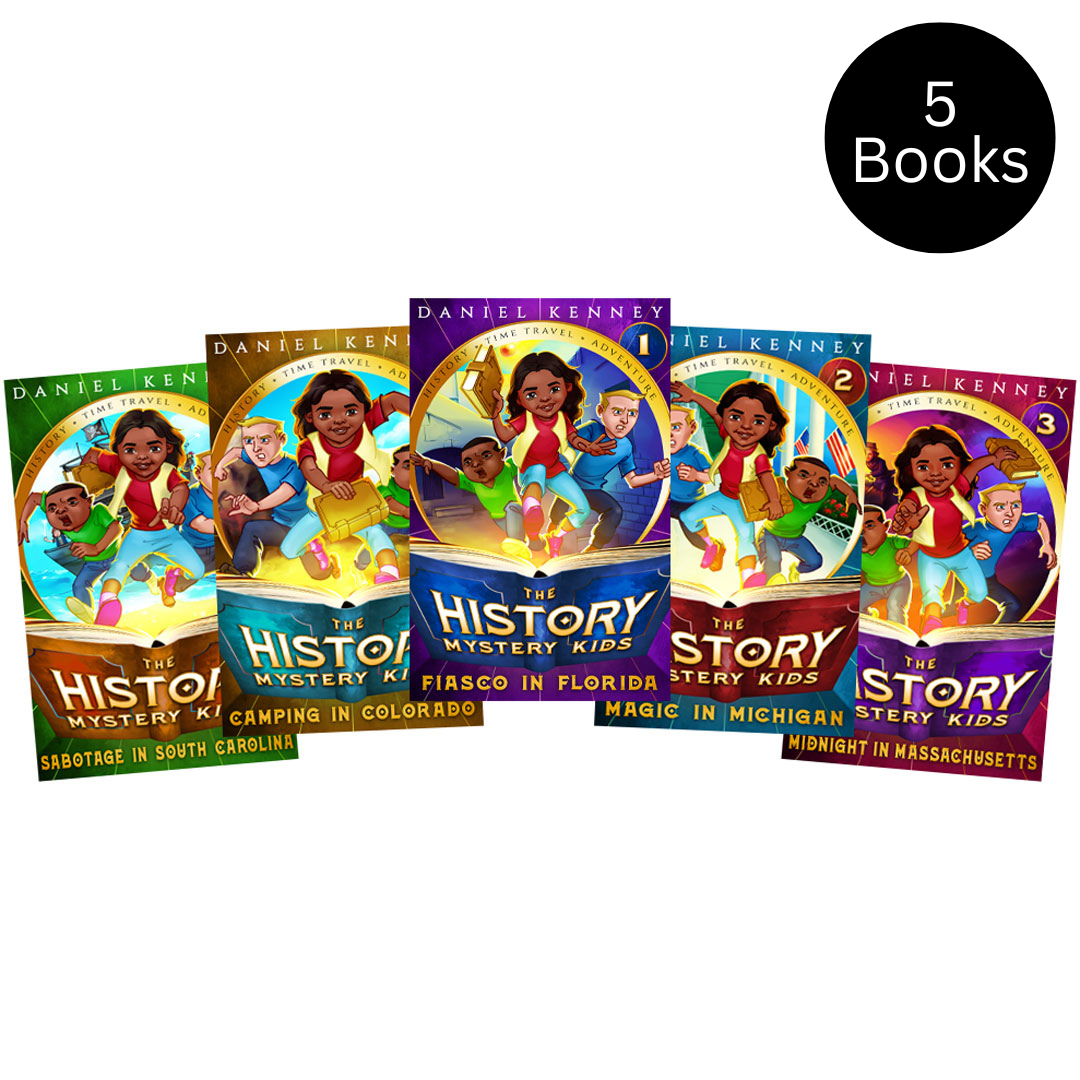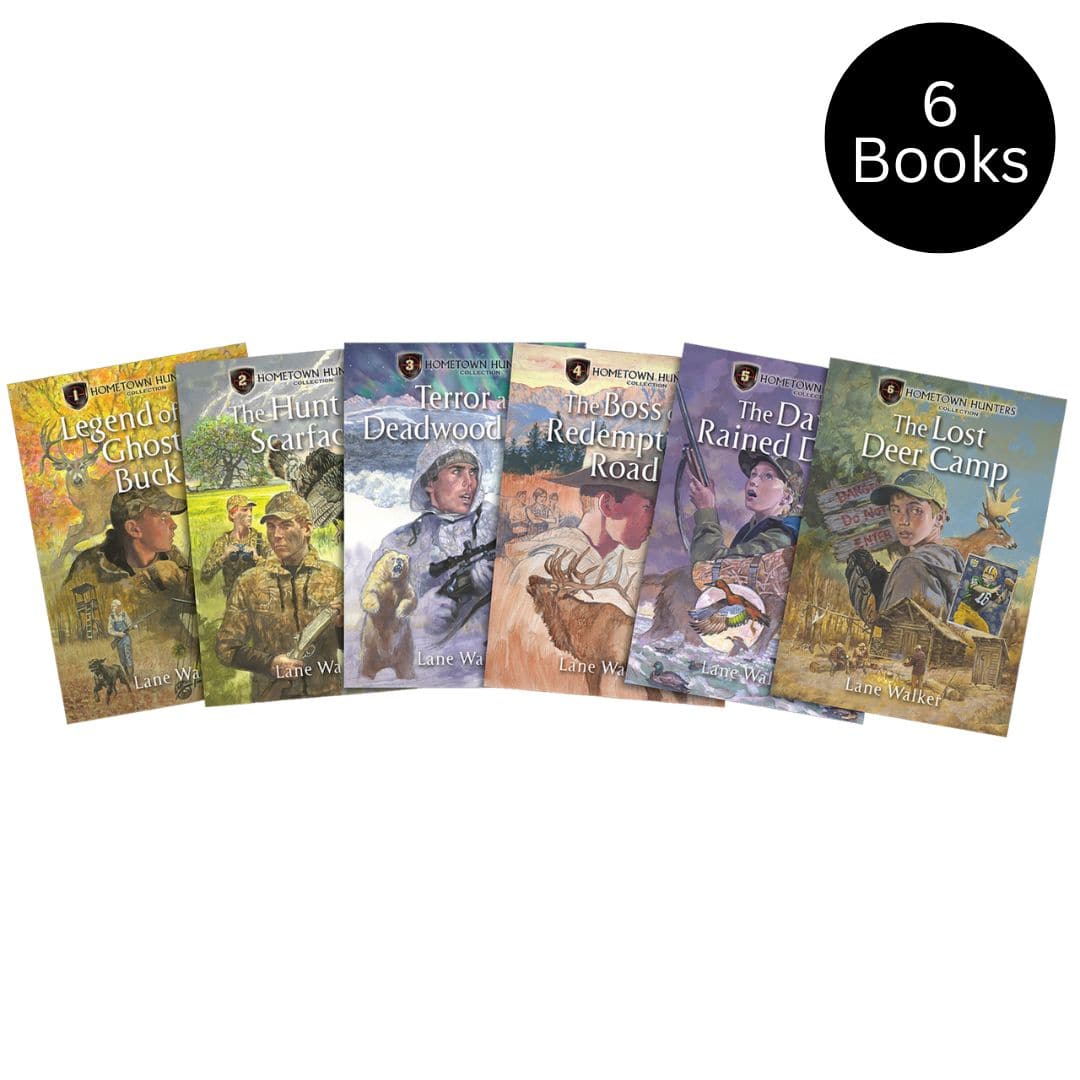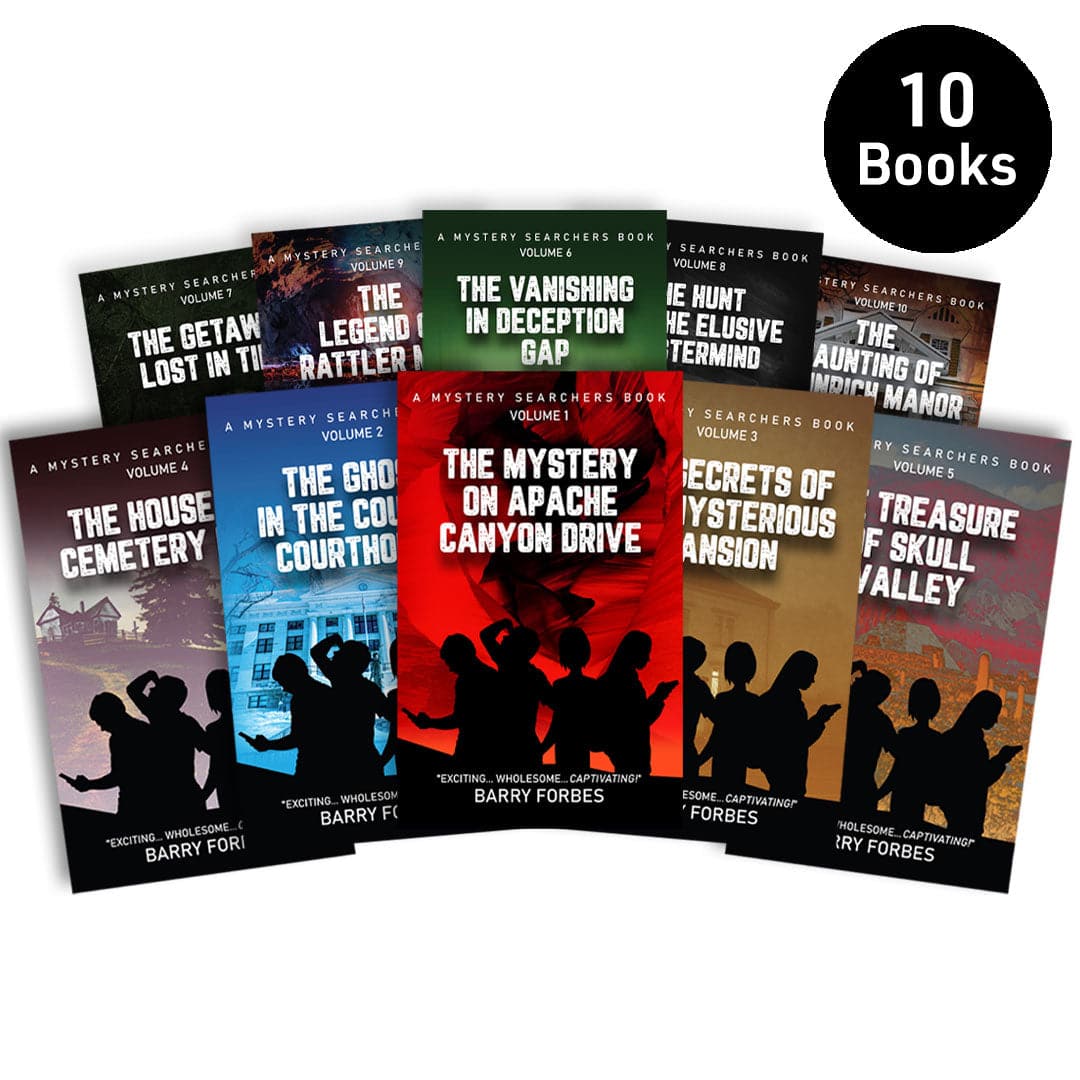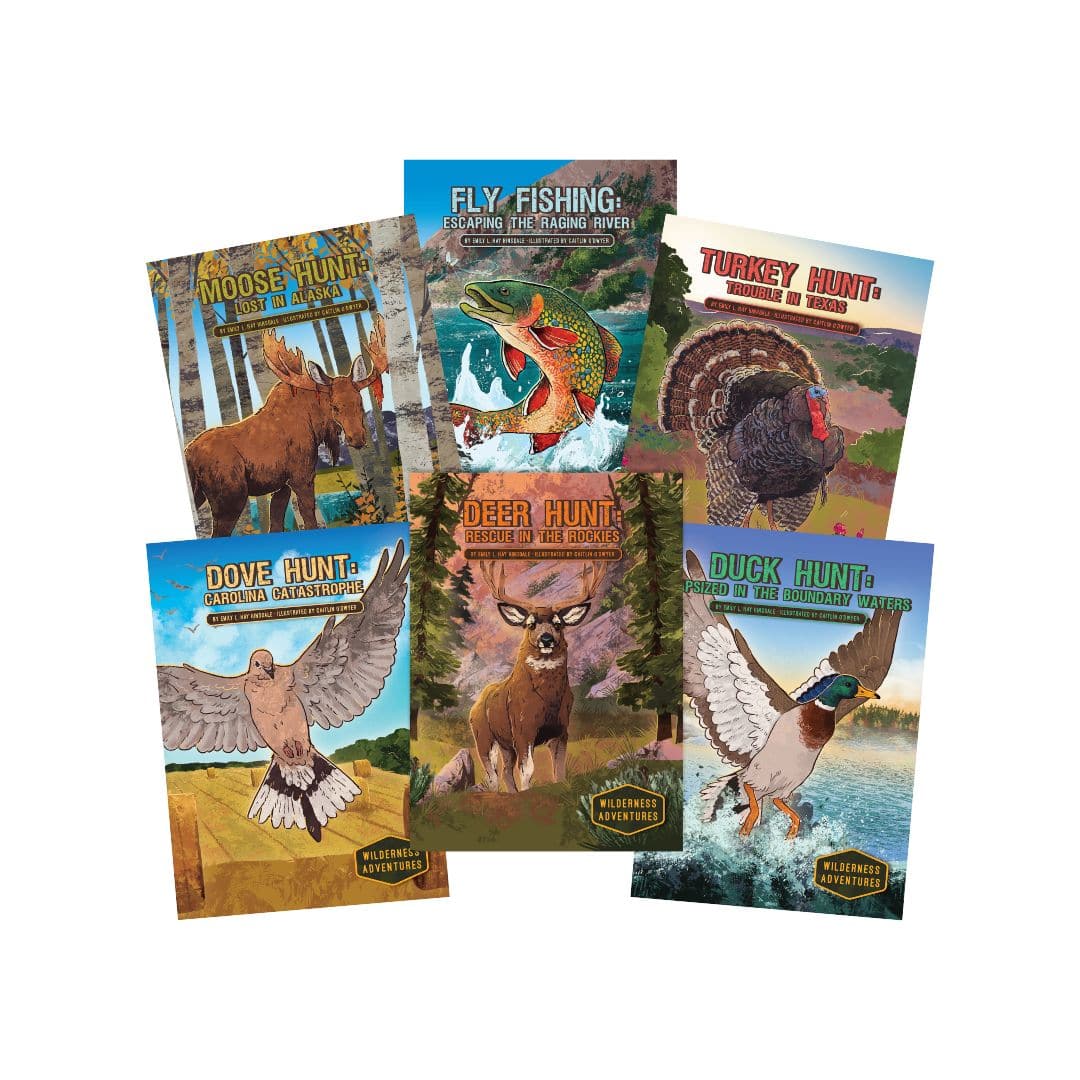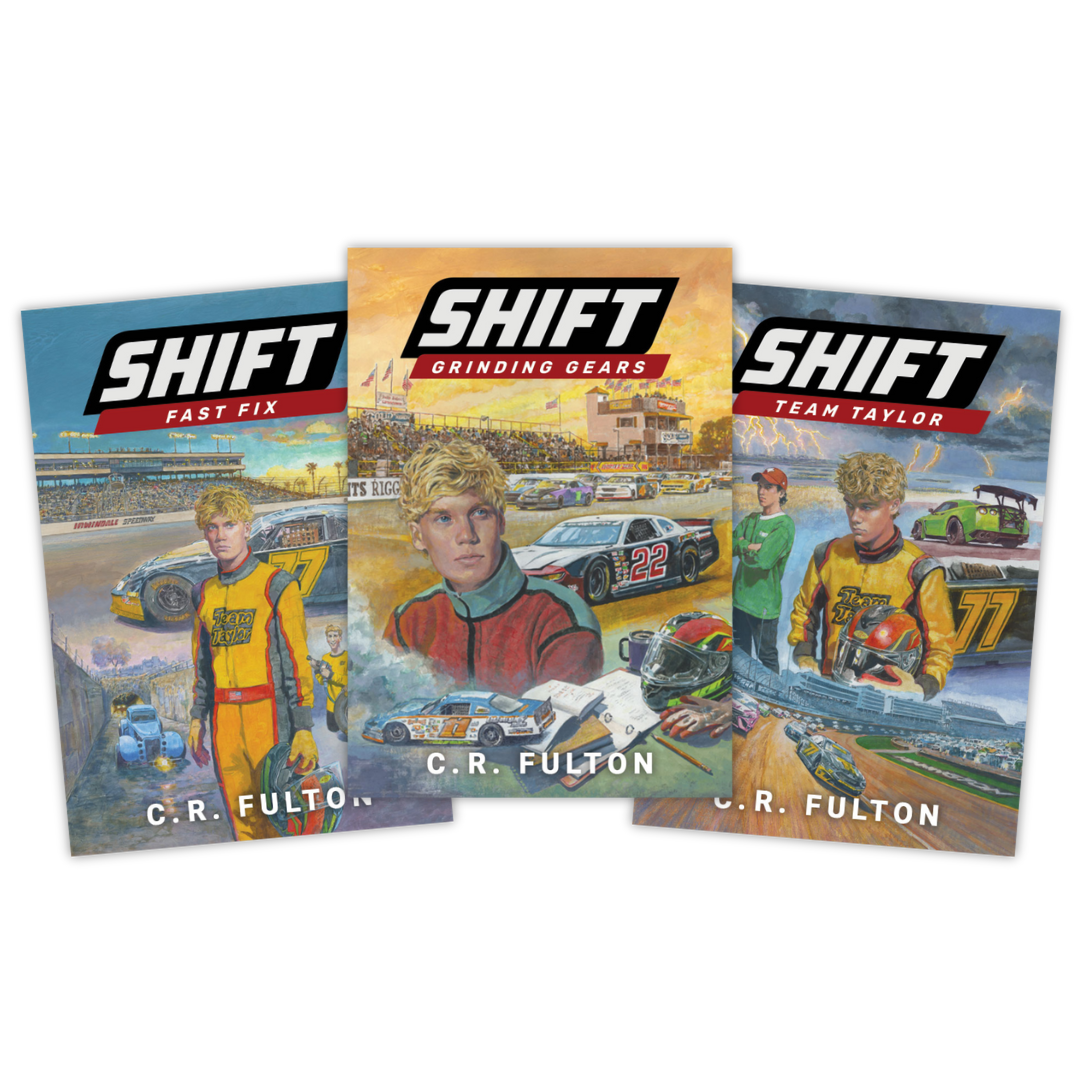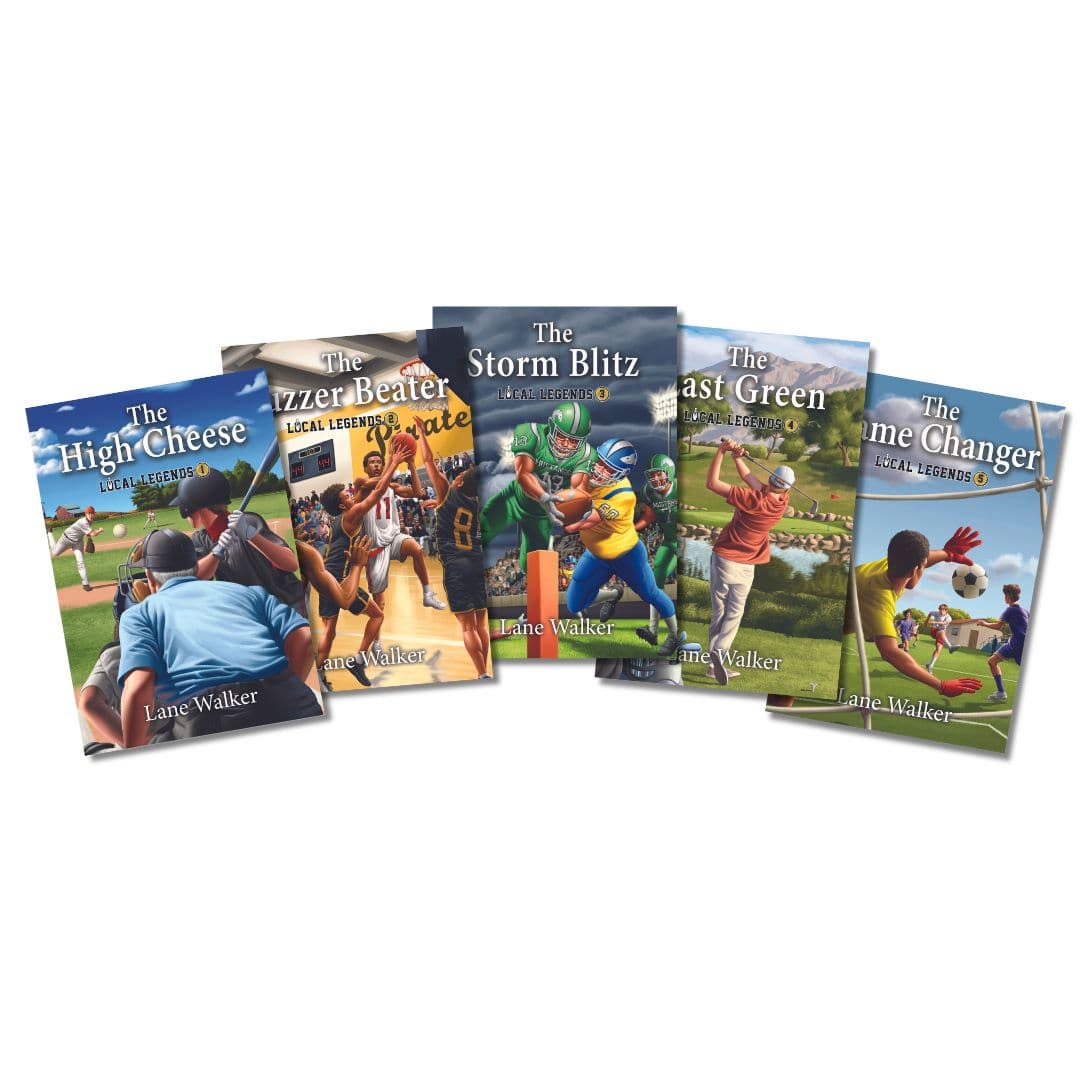As a teacher, there is nothing more rewarding than seeing your students develop a love for reading. Third grade is a crucial time for children to expand their literary horizons, and chapter books provide the perfect opportunity to do so. But with so many books on the market, how do you choose the best ones for your classroom? In this blog, we’ll explore the best-selling chapter books for 3rd graders, ways to reward kids to make reading fun, and how to define success when introducing a new book to your students.
Best-Selling Chapter Books for 3rd Graders
- Diary of a Wimpy Kid by Jeff Kinney
- Magic Tree House by Mary Pope Osborne
- Geronimo Stilton by Elisabetta Dami
- The One and Only Ivan by Katherine Applegate
- Charlotte’s Web by E.B. White
- The Incredible World of Spyder Webster by Tim Kehoe
- The Cat in the Hat by Dr. Seuss
- The Magic School Bus by Joanna Cole
- The BFG by Roald Dahl
- The Hardy Boys by Franklin W. Dixon
These books are just the tip of the iceberg when it comes to popular chapter books for 3rd graders. But with so many options, how do you get your students interested in reading them?
Ways to Reward Kids and Make Reading Fun
-
Reading Challenges: Encourage kids to read by offering fun reading challenges. Set a goal for the number of books they need to read and offer rewards for hitting certain milestones.
-
Book-Related Games: Create book-related games that help kids connect with what they’re reading. For example, you could create a game where kids have to identify characters or events from a book they’ve read.
-
Book clubs: Start a book club where students can discuss what they’ve read and make new friends who share their interests.
-
Book-Inspired Crafts: Encourage kids to get creative by making crafts inspired by their favorite books.
-
Reading Rewards: Offer rewards for kids who read a certain number of books or reach a specific goal. This could be as simple as a special privilege or a tangible reward like a book or toy.
Defining Success when Introducing a New Book
When introducing a new book to your class, it’s important to have a clear definition of success in mind. Here are a few things to consider:
-
Understanding: The most important goal is for kids to understand the story and its themes. Encourage them to ask questions and discuss what they’ve read.
-
Engagement: You want kids to be engaged and interested in what they’re reading. Pay attention to their reactions and use them to guide your discussions and activities.
-
Progress: Make sure kids are making progress in their reading skills, such as comprehension and vocabulary. Encourage them to look up words they don’t know and discuss what they’ve learned.
-
Enjoyment: Ultimately, you want kids to enjoy reading. Encourage them to explore books that interest them and talk about what they liked and didn’t like about what they’ve read.
Rewards and Motivations
Rewarding students for reading and encouraging them to read more can be a fun and effective way to get them engaged with chapter books. Here are a few ideas for rewards that teachers can use in their classrooms:
-
Book Club: Have a weekly or monthly book club where students can discuss the books they’ve read and share their thoughts with each other. The book club can be a fun way to encourage students to read and share their thoughts with their peers.
-
Reading Challenges: Set up a reading challenge for the students, where they have to read a certain number of books in a specified time frame. The reward can be a prize, such as a new book or a certificate.
-
Book Trivia: Organize a trivia contest based on the books the students have read. This can be a fun way for students to show off their knowledge and recall the books.
-
Movie Day: If a popular book series has been adapted into a movie, have a movie day where students can watch the movie and discuss it.
-
Classroom Library: Create a classroom library where students can borrow books and take them home. This can encourage students to read more and also give them access to a variety of books.
Conclusion
In conclusion, bringing chapter books to the classroom can be a fun and effective way to engage students and encourage them to read. By considering the grade level, interests, and reading abilities of the students, teachers can choose books that are best suited for their classroom. By using rewards and motivators, teachers can get students excited about reading, and by defining success in a variety of ways, they can measure the impact that chapter books are having on their students. With a little bit of creativity and effort, teachers can create a classroom culture that values reading and helps students develop a lifelong love of books.

